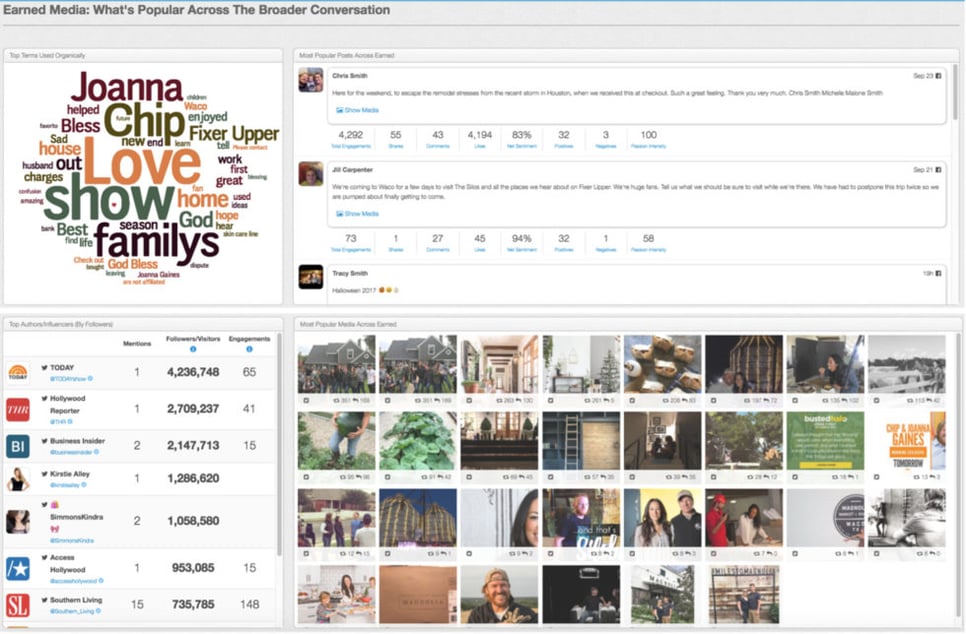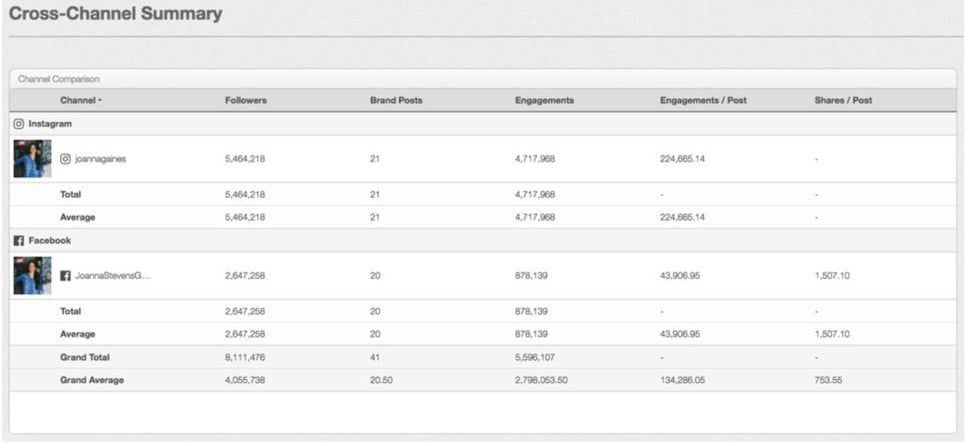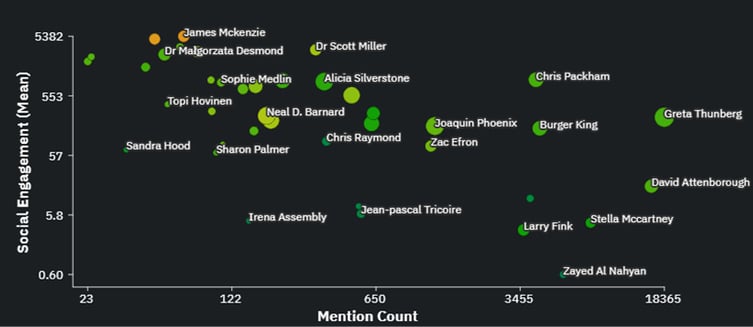Evamarie J
.png?width=800&name=2023.Q4%20-%20Blog%20Banners%20-%20Legacy%20Blogs%20(3).png)
[Introduction to the Blog Summary]
This blog explores effective benchmarking practices for brand marketing, offering insights and tools to enhance performance tracking and competitive analysis.
[Key Points Overview]
[Top Takeaways]
[Conclusion] Effective benchmarking practices enable brands to measure performance, stay competitive, and make informed strategic decisions, ultimately driving growth and consumer engagement.
Keeping track of one’s online efforts is great, but meaningless without standards to measure against. We have five benchmarking examples for brand marketing here to help you better focus your information tracking activities!
In this post, we’ll cover:
And these statistic add context to our conversation:
Performance benchmarking allows companies to compare their own process, performance and even products to other successful brands in their industry. And benchmarking tools identify any performance gaps.
Once you know what needs fixing, you can shift efforts to address it, increasing overall brand performance and revenue.
Let’s explore those benchmarking examples that your company can use to stay alert and on top.
1. Share of Voice (SOV)
Tracking share of voice is a good starting point for any brand’s benchmarking efforts. Share of compares brand awareness on various social channels against your competitors. Measuring how often your consumers mention your brand in contrast to another can help you understand and identify how well your ad efforts are performing, and overall brand awareness in general. And it is critical to keep account of this in today’s social media-lead world where popular opinion rules.
Using this benchmarking example below, we see two popular clothing brands’ SOV. Brand One is clearly outperforming Brand Two, but the specifics powering these conversations is what matters most. Notably, on March 30th we see a controversy mentioning a lawsuit for Brand One. Brand Two has a noticeable spike in mentions as well on August 24, but it’s positive, with a popular athlete spreading awareness for the brand.
So, share of voice is important, but needs to be understood in context – as it present opportunities for either amplification or damage control!
Consumer sentiment is capricious at best and measuring these shifts plays an important role in pivoting quickly to meet consumer needs. Sentiment can reveal how consumers shop. In fact, a quarter of consumers report that they’re switching brands more often now than before the pandemic – and though not all this behavior can be chalked up to emotion, it certainly plays n important role.
Scored from -100 through 100, we have a Net Sentiment benchmarking example below to illustrate how it looks in action. With two brands duking it out in our sentiment analysis tool, we see Brand Two has a score of 65% and its sentiment is pretty consistent. Consumers love them through and through.
Brand One has more pronounced dips, with a lower net sentiment at 39%. The trouble is clear on May 3, where sentiment dips down to –33%. This can be attributed to mixed messaging. Users feel that if this brand wanted their products to be accessible to all, as they claim, they wouldn’t release limited editions at a price only few can afford.

Brand Two will want to message out about this disconnect and rethink how it markets product variations going forward to help smooth over hurt feelings. An industry influencer would help with this effort a good bit!
Influencer marketing is expected to grow to be worth $13.8 billion by the end of this year – and there’s a good reason for that! Influencers impacted consumers more than brands during the pandemic, and they continue to do so. Getting on board the influencer train is smart business, particularly as there’s a simple way to track your influencer endeavors.
Using social media analytic tools, your brand will not only track and measure the impact of known influencers, but identify new ones in the process as well. That hot influencer today may change tomorrow, so watching this closely is key.
An influencer dashboard measures the performance of an influencer’s owned and partnered media content and allows you to spot trends in the earned media conversation for adoption into future posts. And you can see what your influencer’s followers are talking about when they aren’t sharing or engaging with influencer posts, including top terms used organically; popular posts and media content across all earned media and spot other top influencers talking about your Influencer and what media is resonating with your Influencer’s audience.

And there’s a Cross Channel Summary section, where brands can review important metrics like Followers, Brand Posts, Engagements per Post, and Shares per Post:

And then there are Key Opinion Leaders (KOL), which often get confused with influencers. But they are two very different types of people to have on your brand’s radar. A KOL is a respected expert in their own field. For example, Elon Musk is a KOL when it comes to Bitcoin. He tweets can signal shifts in the market because he’s respected in that way. So, like influencers they have the power to sway consumers but it’s not because of their social media presence, it’s due to their expertise in a subject. And they can’t be bought. Most would find it offensive and even unethical to take money to promote a brand or product.
Companies can align their voice with well-known KOLs for a little bit more leverage and trust from their consumers. Our KOL benchmarking example reveals KOLs who are on a vegan diet and talking about sustainability. During the pandemic many consumers switched up their diets to include sustainable, vegan food options. If your brand lives in space, knowing who is talking -and resonating is important:

While Greta may not be a big surprise, Burger King has set itself apart to become a voice in the conversation. Competing brands would want to take note and see what it is about BK that is lending them such credibility. Brands can look to KOLs in any category to adopt complementary messaging that will increase brand awareness and help them connect with their consumer on a deeper level.
Staying informed on trends aids companies in building credibility and showcases your knowledge on where your industry is going. By identifying trends that are affecting your industry and driving consumer behavior, you can leverage them for your company’s benefit.
When done right, it informs your brand on trends that matter and pinpoints those which can impact finances, R&D, marketing, sales, and other areas of your business. A trend analysis can:
This can be especially helpful when it comes to TikTok. This social media app is ranked 7th most popular and its popularity is on the rise with it logging in over one billion users in September 2021. It’s clear that tracking this channel will be a must in the coming years.
Below we see a TikTok 3D photo trend that was super popular. And it’s an effect that can be used to capture the attention of the TikTok consumer community.
@jera.bean🤩 3D PHOTO TREND 🤩 not totally sure who started this but first saw it on @okayword and @moeai.art #3dphoto #3dphotoeffect♬ PHONKY TOWN – Playaphonk
Using Quid’s TikTok Analysis can help your brand stay on top of the latest dance challenge, makeup trend or whatever trend is out there so you can harness it for your brand. We can also help you with a variety of other brand benchmarking efforts.